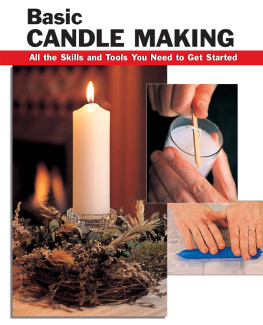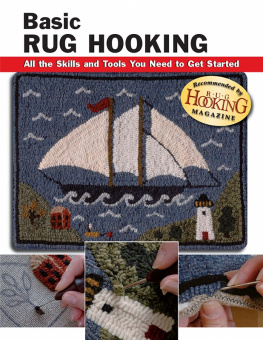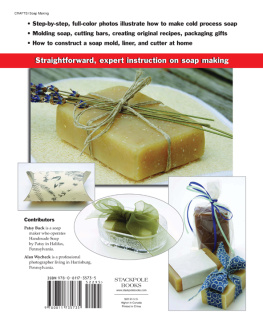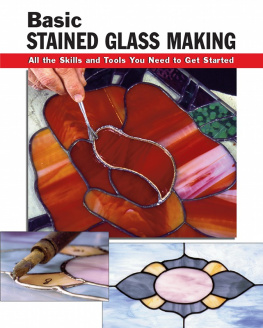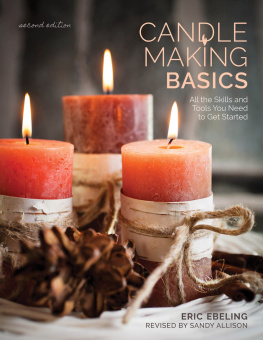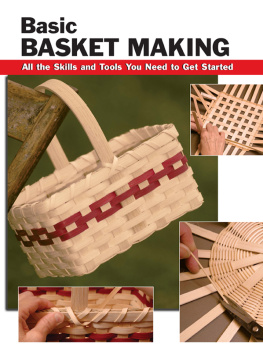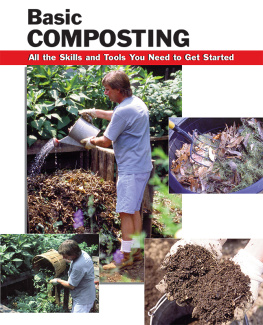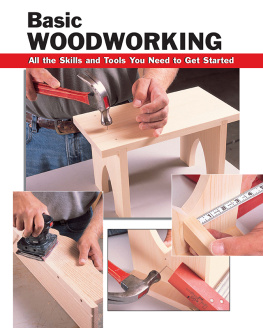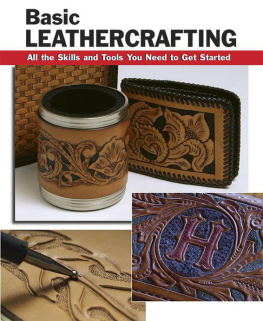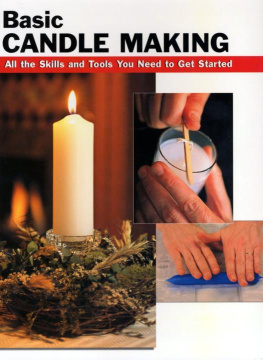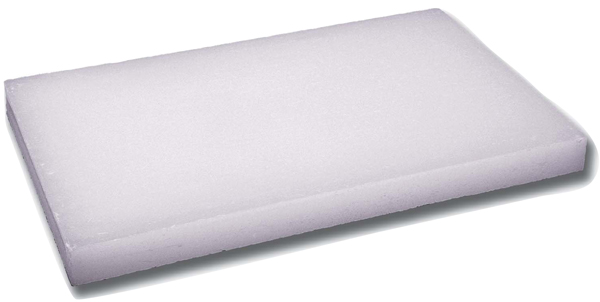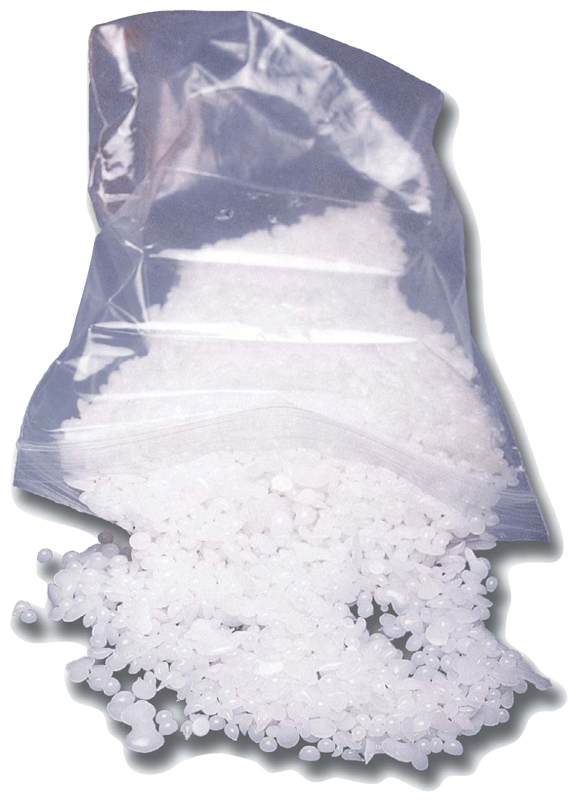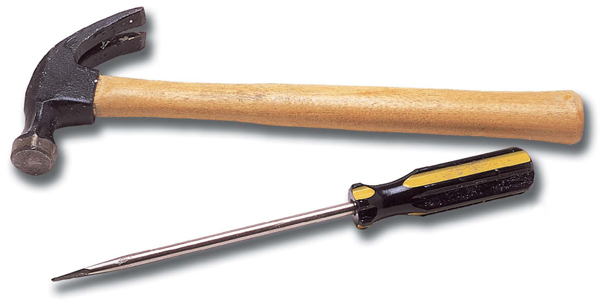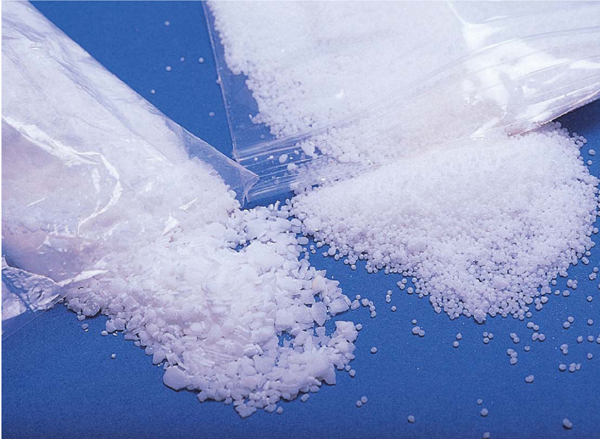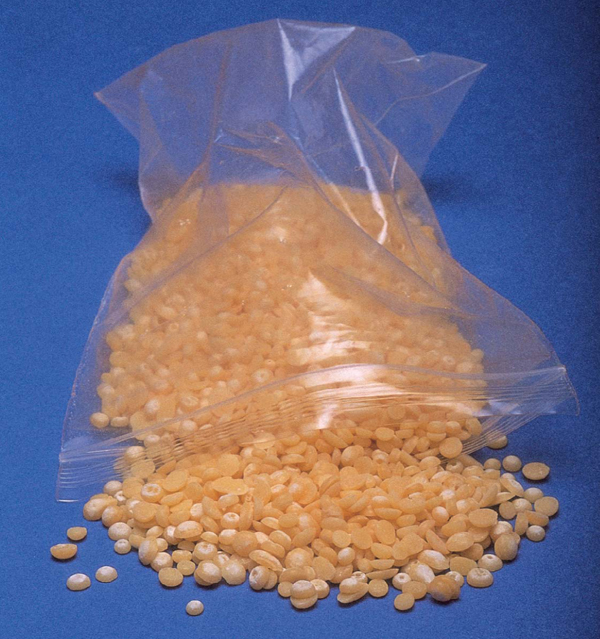Measurement Conversions

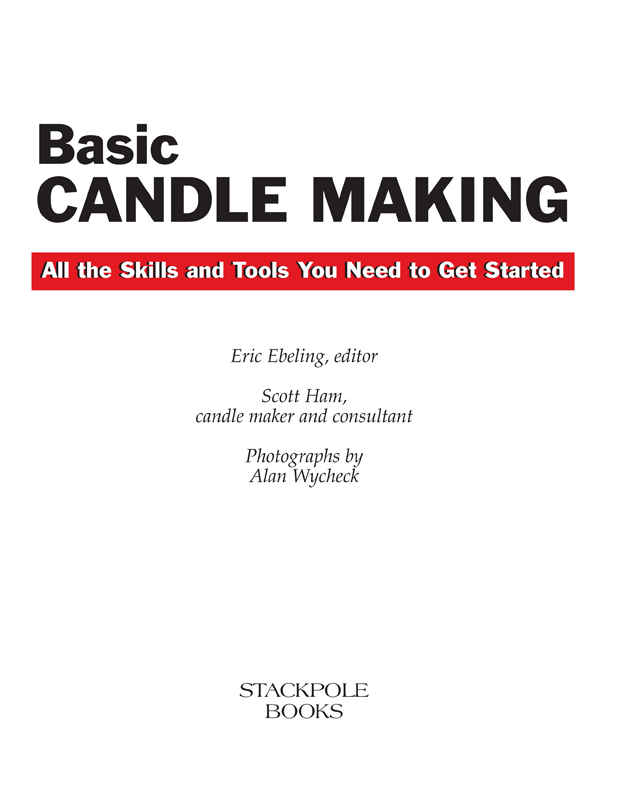
Copyright 2002 by Stackpole Books
Published by
STACKPOLE BOOKS
5067 Ritter Road
Mechanicsburg, PA 17055
www.stackpolebooks.com
All rights reserved, including the right to reproduce this book or portions thereof in any form or by any means, electronic or mechanical, including photocopying, recording, or by any information storage and retrieval system, without permission in writing from the publisher. All inquiries should be ad-dressed to Stackpole Books, 5067 Ritter Road, Mechanicsburg, Pennsylvania 17055.
Printed in China
10 9 8 7 6 5 4 3
First edition
Photographs by Alan Wycheck
Cover design by Tracy Patterson
Library of Congress Cataloging-in-Publication Data
Basic candle making / Eric Ebeling, editor.1st ed. p. cm.
Includes bibliographical references.
ISBN 0-8117-2476-X
1. Candlemaking. I. Ebeling, Eric.
TT896.5 .B375 2002
745.593'32dc21
2002021229
eBook ISBN: 978-0-8117-4590-1
Contents
Acknowledgments
S o many people helped to transform this book from concept to reality, and I apologize to anyone I have failed to recognize here.
My gratitude to: Alan Wycheck of Wycheck Photography in Harrisburg, Pennsylvania, whose skills be-hind the lens captured the vision of this book; Scott Ham of the Gettysburg Candle Company and Moonacre Ironworks, whose expertise drips like melted wax from these pages; Beth, David, and Kenny Fine, for the use of their once-spotless kitchen as a candle making workshop/photography studio; Kellie Carpenter, for supplying me with all of that prime candle making equipment; Kay and Devron Wilcox, for serving as a courier service; Bill Stevens, also known as the Candle Man, for taking time to demonstrate; Amy Wagner, for all the help; Ron Zappile, for the gracious use of his scenic backyard as a shooting locale; and last, but far from least, my wife Andrea and son Alec, who never complained as odd smells wafted through the house and strange creations cooled on the countertops. Thanks for your patience, you two; I guess you know what well be giving as gifts this year.
Eric Ebeling
Candle Making
Materials and Equipment
F or the beginner, the two most important ingredients needed for candle making cant be found in any craft store. They are time and patience, and properly used, they will serve you well.
The basic projects in this book require no highly advanced skills to complete. They were selected because they represent the basic building blocks of all candle making. Once comfortable with the skills and concepts of each project, you will be ready to create a nearly limitless number of candle variations and modifications on your ownwhether its experimenting with colors and aromas, making custom molds, or dreaming up your own kind of unique candle.
Getting to that point, however, requires a patient, measured approach. Think of yourself as a chef, turning plain wax into an attractive main dish using color dyes and fragrances as spices. Like in cooking, preparation and execution in candle making are best not rushed. Make sure you have the recommended amount of time needed to complete each project. If you dont, wait until you do.
Take some time to learn about the materials and equipment needed for successful candle making. Some of the items listed on the following pages are probably in your kitchen cupboards right now. Other more specialized pieces of equipment need to be purchased in a craft or department store, or online.
Each project requires a different combination of the items listed. For that reason, a detailed checklist for the container, molded, dipped, and rolled beeswax candle projects is included at the start of each chapter. It can be copied and taken along to the store like a shopping list. Its a good idea to know the function and price range of each item on your list before you enter the store.
All amounts listed are in U.S. standard measurements. Consult the measurement conversion chart on for metric equivalents.
A word of advice learned the hard way: Wax can be stubborn to remove completely from pots, pans, and accessories, so dont use the good cookware or utensils when making candles.
MATERIALS
WAX
Paraffin, a petroleum by-product, is the recommended wax for making the hot-wax candle projects in this book. Odorless, colorless, and relatively inexpensive, quality paraffin is available in most craft supply stores, where it is sold mainly in 10-pound slabs or 1-pound bags of pellets.
Different formulations of paraffin melt at different temperatures, from about 100 degrees Fahrenheit (30 degrees Celsius) to 160 degrees Fahrenheit (71 degrees Celsius). Beginners should choose an easy-to-use paraffin with a melting point of about 140 degrees F. (60 degrees C.), which wont turn to liquid too quickly or require too much heat to melt properly. Expect to pay $1 to $2 per pound. Pellets made of beeswax, which needs no additional dyes or fragrances, can be melted and used in the same way as paraffin.
Keep in mind that a hammer and chisel (or screwdriver) are needed to break away chunks of paraffin from a slab prior to melting.
The shelves of the local craft store teem with all manner of specialty waxes, each of which serves a distinct purpose outside the scope of the projects set forth here. They include dip and carve wax, a soft, malleable substance that is softer than most waxes and can be shaped without breaking; gel wax, which has a consistency of set gelatin and requires no heat to use in containers; and wax blends with special characteristics, such as low or high melting points, greater hardness, and limited shrinkage during cooling. Consider exploring these alternatives after gaining experience with the basic ingredients.
STEARIN
This additive allows the candle to hold more color and makes the paraffin harder. Known also as stearic acid, this fat derivative makes paraffin more opaque, helps dyes and scents mix well with melted paraffin, and reduces drips while burning. Once made exclusively from animal fat, stearin is now also made from plant oil, such as palm. Solid at room temperature, it is used in a roughly 10 to 1 ratio with wax, so for 16 ounces of wax, 3 tablespoons (1.5 ounces) of stearin are needed. Expect to pay up to $10 for a 1-pound bag of soap-like flakes or pellets; available in most craft stores.

